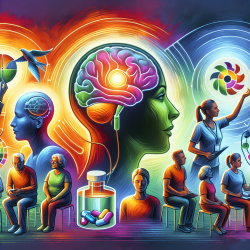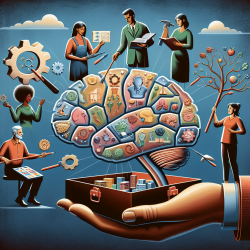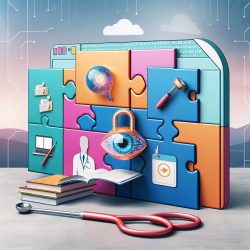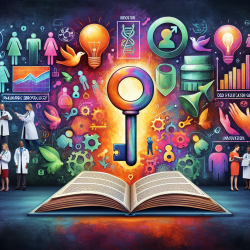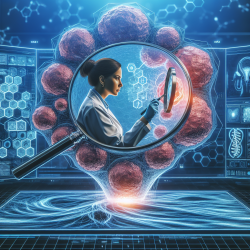Introduction
As practitioners in the field of speech-language pathology, our ultimate goal is to improve the quality of life for individuals facing communication challenges. Recent research advancements in the treatment of post-stroke aphasia provide us with data-driven insights that can refine our therapeutic approaches. The research article titled "Recent advances in the treatment of post-stroke aphasia" offers a comprehensive overview of innovative treatments that can be integrated into our practice to enhance outcomes for our clients.
Speech and Language Therapy: The Cornerstone of Aphasia Treatment
Speech and Language Therapy (SLT) remains the gold standard for aphasia treatment, with evidence supporting its effectiveness in improving functional communication, receptive, and expressive language. A meta-analysis of 39 randomized controlled trials involving over 2,500 patients has shown significant improvements in patients receiving SLT compared to those who did not (Brady et al., 2012).
However, the research suggests that the intensity of SLT sessions is a critical factor in achieving significant treatment effects. Current practices often fall short of the recommended intensity, pointing to a need for innovative solutions to increase therapy frequency without overwhelming existing resources.
Exploring Pharmacotherapy as an Adjunct to SLT
Pharmacotherapy presents a promising avenue for enhancing the effects of SLT. Drugs such as Piracetam and Donepezil have shown potential in improving language recovery when used alongside SLT. For instance, Piracetam has been associated with increased cerebral blood flow in language areas, correlating with language recovery (Kessler et al., 2000). Donepezil, on the other hand, has demonstrated significant improvements in aphasia severity with minimal SLT (Berthier et al., 2006).
Despite these promising results, the use of pharmacotherapy in routine practice requires further research to establish robust evidence and understand the mechanisms through which these drugs enhance language recovery.
Noninvasive Brain Stimulation: A Cutting-Edge Complement
Noninvasive Brain Stimulation (NIBS) techniques, such as repetitive transcranial magnetic stimulation (rTMS) and transcranial direct current stimulation (tDCS), offer exciting possibilities for aphasia rehabilitation. These techniques aim to modulate cortical excitability, potentially enhancing the effects of SLT. Studies have shown that inhibitory rTMS can improve language outcomes in chronic aphasia, particularly when combined with SLT (Barwood et al., 2011; Medina et al., 2012).
While the evidence for tDCS is still emerging, initial studies suggest it may hold promise for improving language function. Further research is needed to refine these techniques and identify the patients who are most likely to benefit from such interventions.
Conclusion: A Call to Action for Practitioners
The research highlights the importance of integrating new therapeutic strategies to optimize SLT outcomes. As practitioners, we are encouraged to explore these advancements and consider how they can be applied to our practice. By staying informed and open to innovation, we can continue to improve the lives of individuals with aphasia.
To read the original research paper, please follow this link: Recent advances in the treatment of post-stroke aphasia.
